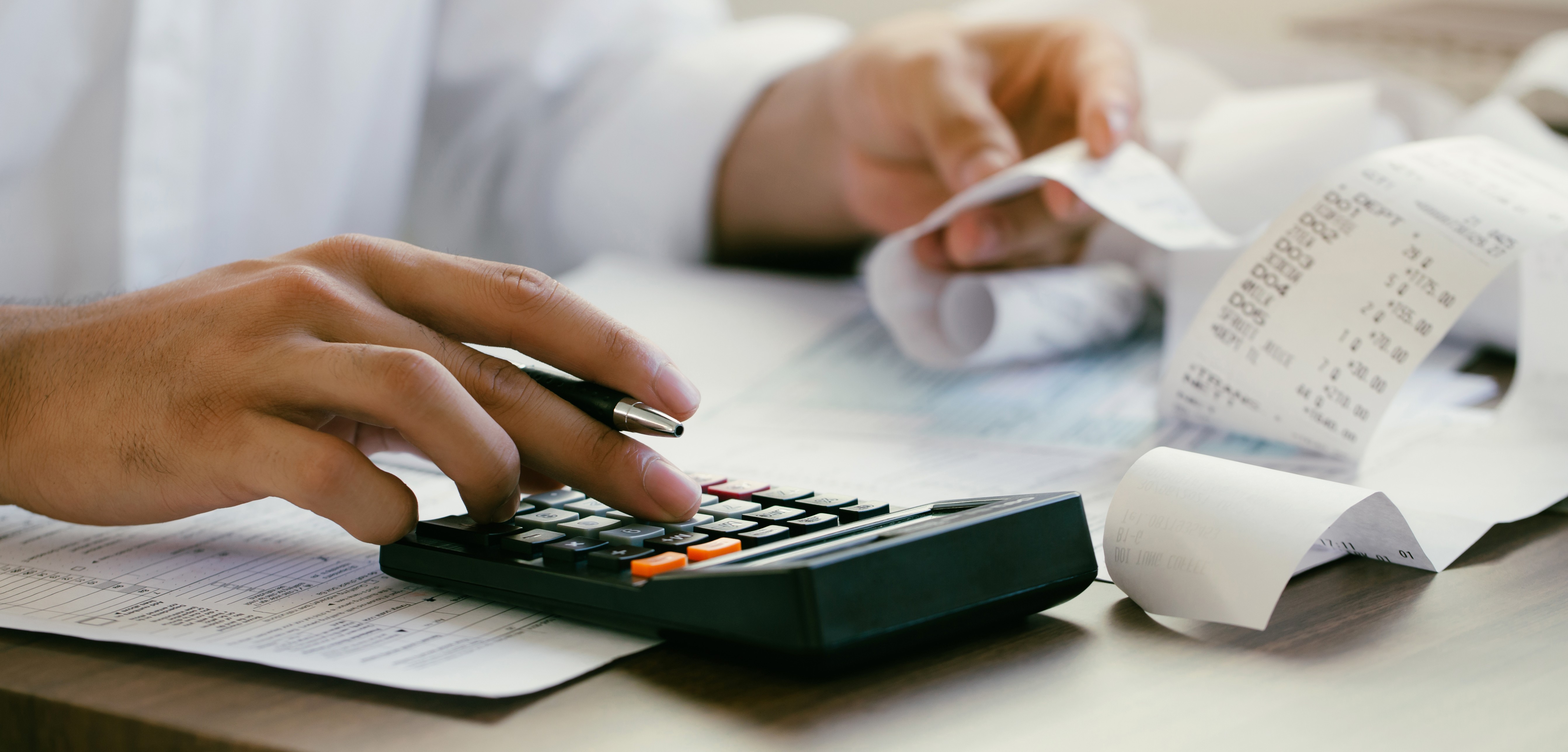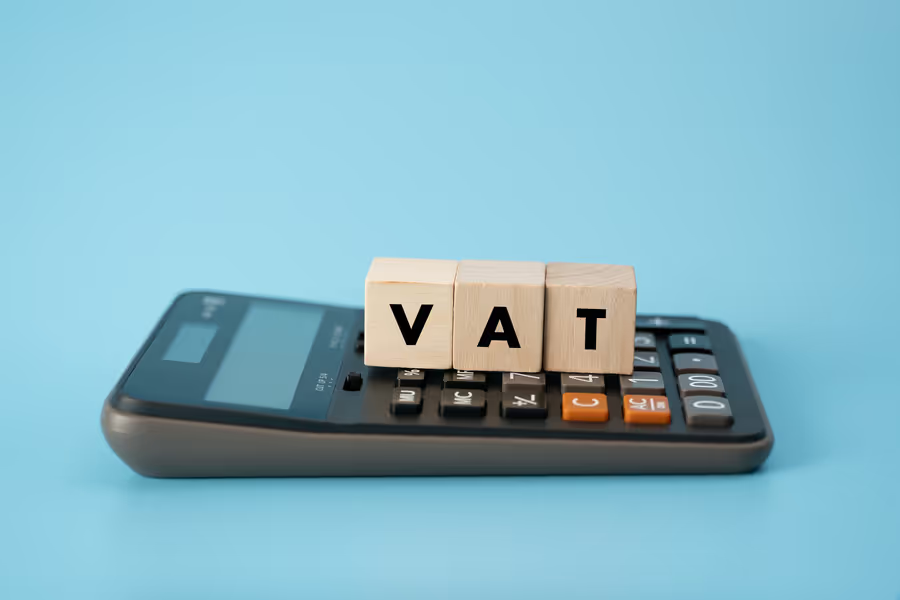If you're starting or scaling a business in the UK, understanding VAT registration is essential. When you’ve hit the registration threshold or are registering voluntarily, knowing how long the process takes, and what steps are involved, can help you plan ahead, avoid penalties, and manage cash flow effectively.
This guide walks you through everything you need to know about VAT registration timelines, key stages in the process, and how to minimise delays.
What is VAT and why to register
VAT (Value Added Tax) is a tax charged on most goods and services sold by VAT-registered businesses in the UK. Once registered, businesses are responsible for:
- Charging VAT on their sales
- Submitting VAT returns (usually quarterly)
- Paying VAT to HMRC
- Reclaiming VAT on eligible business expenses
VAT registration is legally required once you pass a certain turnover threshold, but many businesses choose to register early for strategic reasons.
Who needs to register for VAT?
You must register if:
- Your VAT-taxable turnover exceeds £90,000 in any rolling 12-month period (threshold as of April 2024).
- You expect to go over the threshold in the next 30 days alone (e.g., from a large contract or deal).
- You’re a non-UK business supplying goods or services to the UK and meet specific criteria.
You can also voluntarily register if your turnover is below the threshold. This might be advantageous if:
- Your clients are VAT-registered and can reclaim the VAT you charge
- You want to reclaim VAT on your business purchases
- You want to appear more established, particularly in B2B markets
Check the current registration thresholds to keep up to date.
{{cta-limited-company}}
How long does VAT registration take in the UK?
Typical timeline: 2 to 4 weeks
While timelines can vary, most businesses can expect to receive their VAT registration number within 10 to 20 working days. However, some applications take longer due to additional checks or missing information.
Here is the expected timeline:
- Standard UK business: 2–4 weeks (10–20 working days)
- Complex business structure: 4–6 weeks or more
- International business registering in the UK: 4–8 weeks or more
- Incomplete or incorrect application: Delayed until resolved
What affects how long it takes?
1. Accuracy and completeness of application
The most common reason for delays is submitting incomplete or incorrect information. Be sure to provide:
- Accurate company and trading details
- Clear description of your business activities
- Estimated turnover
- Correct business address and bank details
2. Type and complexity of business
Sole traders and small Limited companies typically get processed faster. If your company has overseas directors, multiple business activities, or a complex ownership structure, HMRC may need to run extra checks.
3. Verification and security checks
HMRC may request extra documentation to verify that your business is genuine. This can include:
- Proof of trading (e.g. contracts, invoices, websites)
- Business bank account details
- Lease agreements or utility bills
4. Time of year
Applications submitted during peak periods (e.g. tax year-end, January Self assessment deadline) may take longer due to higher demand.
What happens after you apply?
Once you’ve submitted your VAT registration application (usually online via the Government Gateway), you can expect the following:
- Acknowledgement Email – Confirmation that your application has been received.
- HMRC Review – Your details are checked and verified.
- VAT Number Issued – You’ll receive your VAT number by post or through your online VAT account.
- VAT Certificate Issued – This includes:
- Your VAT number
- The date of registration (effective date)
- Your filing frequency (e.g. quarterly)
- Your payment and return due dates
When can you start charging VAT?
Once you're registered, you must start charging VAT from your effective date of registration, even if you haven’t yet received your VAT number.
Important points:
- You can’t issue VAT invoices until you have your number.
- You can raise interim invoices without VAT, then reissue full VAT invoices once your number arrives.
- You are still responsible for accounting and paying VAT from the effective date.
Can you trade while waiting for VAT registration?
Yes, but you need to be cautious. If you are legally required to be registered and are waiting for your VAT number:
- You should increase your prices to include VAT that you'll owe once registered
- Keep full records of all sales and purchases
- Once you receive your VAT number, you must reissue invoices with VAT shown correctly
- You can reclaim VAT on eligible purchases made from your effective registration date
How to register for VAT
Most businesses register online through the HMRC portal.
You’ll need:
- A Government Gateway user ID and password
- Business details (company registration number, UTR, address)
- Description of your business activities
- Bank details (for VAT repayments)
- Estimated turnover
If you’re registering as an agent or using an accountant, you can also register through an agent services account.
{{ltd-guide}}
Tips to avoid delays
Although VAT registration is a relatively straightforward process, small mistakes or missing information can result in frustrating delays. To help things go smoothly, here are some practical steps you can take to speed up the process and avoid unnecessary hold-ups:
- Apply online – It’s faster and more secure than by post
- Double-check your application – Ensure all business details are correct
- Respond quickly – If HMRC asks for more information
- Provide documents promptly – Proof of trading, contracts, website, etc.
- Use a professional – An accountant can help ensure accuracy and reduce the risk of rejection
VAT registration timeline at a glance
- Submit your application: This is the starting point—typically done online via the HMRC VAT registration portal. You’ll need to provide business details, estimated turnover, and other key information.
- Processing time: HMRC usually takes around 2 to 4 weeks to process your application. It may take longer if your business has a complex structure or if any information is missing or incorrect.
- Receiving your VAT number: If your application is approved, your VAT number will typically arrive within 2 to 4 weeks, either by post or in your HMRC online account.
- Charging VAT: You must start charging VAT from your official registration date, even if you haven't received your VAT number yet. Once you receive the number, you should reissue any invoices raised during this period with VAT included.
- First VAT return: Your first VAT return is usually due three months after your registration date, based on the return period set by HMRC.
Need help with VAT?
While VAT registration can seem simple, even small errors can lead to costly delays or compliance issues. That’s why many UK businesses choose to work with experienced professionals who can get it right the first time.
At Crunch, we know everything VAT, from registration and returns to ongoing compliance, so you can focus on running your business. Whether you're registering for the first time or scaling up, our expert team is ready to support you at every step.
To make things even easier, you can download our free invoice templates for Limited companies and Sole traders—designed to help you stay organised and VAT-compliant from day one.
Speak to our advisors today to get VAT-ready with confidence.

.svg)



.webp)








.avif)
.avif)





